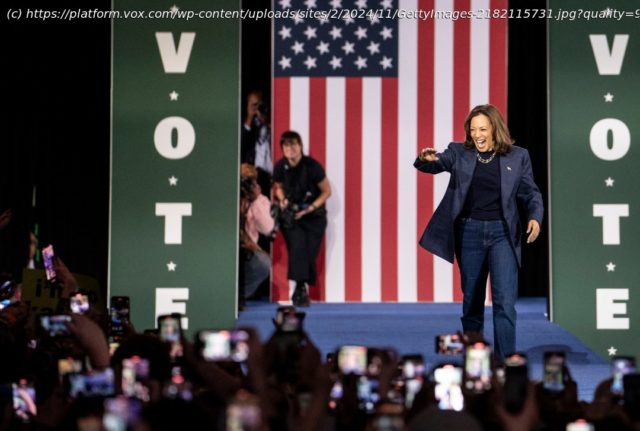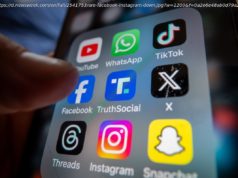Every theory about what’s happening got some supporting evidence, and some conflicting evidence.
If you were hoping the final polls before Election Day would give a clearer picture of the presidential contest, you were hoping in vain.
Pretty much any theory about what will happen Tuesday got some new piece of supporting polling evidence in final polls — and also some new evidence casting doubt on it.
Are late deciders breaking for Trump or for Harris? Are polls missing Trump voters yet again — or have they overcorrected to the point that they’re significantly underestimating Democrats? Is Harris performing better in the Rust Belt battlegrounds or the Sun Belt?The Election, Explained
A pop-up newsletter explaining the 2024 election — the candidates, the issues that matter most, and how it will all impact your life.
The final batch of polling does not provide a consensus answer to any of these questions, and the uncertainty about the outcome appears greater than ever.
What Democrats hope is true is that late deciders are breaking for Harris (perhaps nudged by Trump’s controversial Madison Square Garden rally last week). Some new state polls suggest that may be true. The New York Times reports its final state polls found that “among the 8 percent of voters who said they had only recently decided on their vote,” Harris “wins the group by 55 percent to 44 percent.”
And yet the final batch of national polls have actually moved toward Trump, and averages now show Harris’s national lead dropping to 1 point or less — her smallest in months. If there were a national trend in Harris’s favor, we’d expect it to show up in the final national polls, but it isn’t there.
The final state polling averages, meanwhile, show a race that is essentially deadlocked, with a margin of 1 point or less separating the candidates in nearly every swing state. But Nate Silver has argued that there are clear signs of widespread pollster “herding” — that, like sheep, pollsters are adjusting their results to fit an expected close outcome.
Statistical principles suggest that, if the race is truly tied, most polls should show near ties. But there should also be a fair amount of variation with some polls showing clear leads for either candidate, and we’re getting very few of those this year. “The odds are 1 in 9.5 trillion against at least this many polls showing such a close margin,” Silver wrote.
But is the herding hurting one candidate more than the other? Both parties have reason to hope the polls are missing support for their side.






